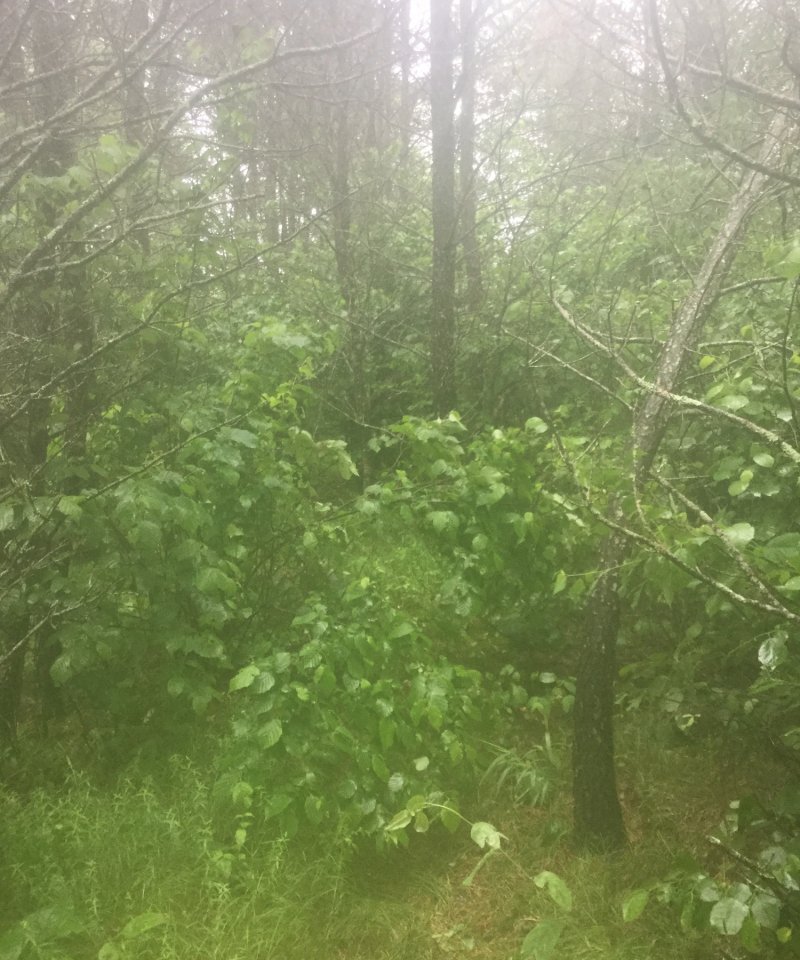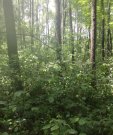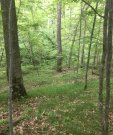Dry Upland
Scenario model
Current ecosystem state
Select a state
Management practices/drivers
Select a transition or restoration pathway
-
Transition T1A
Stand replacing disturbance e.g., blow-down and fire, or clear-cutting followed by fire. Regeneration by natural seeding or planting.
More details -
Restoration pathway R2A
Fire control, time, natural succession.
More details -
Transition T2A
Grazing by livestock. Disruption of tree regeneration and ground vegetation.
More details -
Transition T2B
Removal of natural vegetation, plowing, fertilizing, irrigating, planting agricultural crops.
More details -
Restoration pathway R3A
Removal of livestock from stands.
More details -
Transition T3A
Removal of natural vegetation, plowing, fertilizing, irrigating, planting agricultural crops.
More details -
No transition or restoration pathway between the selected states has been described
Target ecosystem state
Select a state
Description
In the long-term absence of stand replacing disturbance, tree species composition of forest communities on this ecological site fluctuates among white pine (Pinus strobus), red pine (P. Resinosa), red oak (Quercus rubra) and red maple (Acer rubrum). This fluctuation is due to many factors. There is a differential response to a range of common, but not stand-replacing disturbances, such as light fire, snow and ice brakeage and natural mortality in the canopy. There are differences in regeneration requirements among the species and in seedling tolerance of understory conditions. While the resulting community species composition and structure can be viewed as a continuum, two distinct community phases can be described as representing the opposite ends of a continuum.
Submodel
State 2
Early to Mid-Successional Forest




Submodel
States 1, 5 and 2 (additional transitions)
2.1. White Pine - Red Pine Forest
2.5. Mixed Species Phase
2.2. Red Pine Plantation
Description
Livestock grazed forests are more often referred to as woodlands rather than forests because this long-term land use significantly changes some soil characteristics and nature of vegetative community. Species composition is altered by selective browsing and grazing as well as by distribution of seeds and other propagules by grazing animals. In addition, soil compaction differentially affects germination and establishment of plant species, including trees.
Mechanism
Stand-replacing disturbance, such as blow-down, or ice storm, followed by fire, or clear-cut logging, followed by natural regeneration or site preparation and planting.
Mechanism
Time (50-100 years) and natural succession by white pine will lead back to the reference state. Minimal disturbance during the successional period.
Mechanism
Elimination of forest cover and introduction of tilling, fertilizing an/or irrigation.
Mechanism
Removal of livestock, natural succession. Results may be sped up by planting and initial outcomes will be heavily influenced by seed source and adjacent plant communities.
Model keys
Briefcase
Add ecological sites and Major Land Resource Areas to your briefcase by clicking on the briefcase (![]() ) icon wherever it occurs. Drag and drop items to reorder. Cookies are used to store briefcase items between browsing sessions. Because of this, the number of items that can be added to your briefcase is limited, and briefcase items added on one device and browser cannot be accessed from another device or browser. Users who do not wish to place cookies on their devices should not use the briefcase tool. Briefcase cookies serve no other purpose than described here and are deleted whenever browsing history is cleared.
) icon wherever it occurs. Drag and drop items to reorder. Cookies are used to store briefcase items between browsing sessions. Because of this, the number of items that can be added to your briefcase is limited, and briefcase items added on one device and browser cannot be accessed from another device or browser. Users who do not wish to place cookies on their devices should not use the briefcase tool. Briefcase cookies serve no other purpose than described here and are deleted whenever browsing history is cleared.
Ecological sites
Major Land Resource Areas
The Ecosystem Dynamics Interpretive Tool is an information system framework developed by the USDA-ARS Jornada Experimental Range, USDA Natural Resources Conservation Service, and New Mexico State University.
